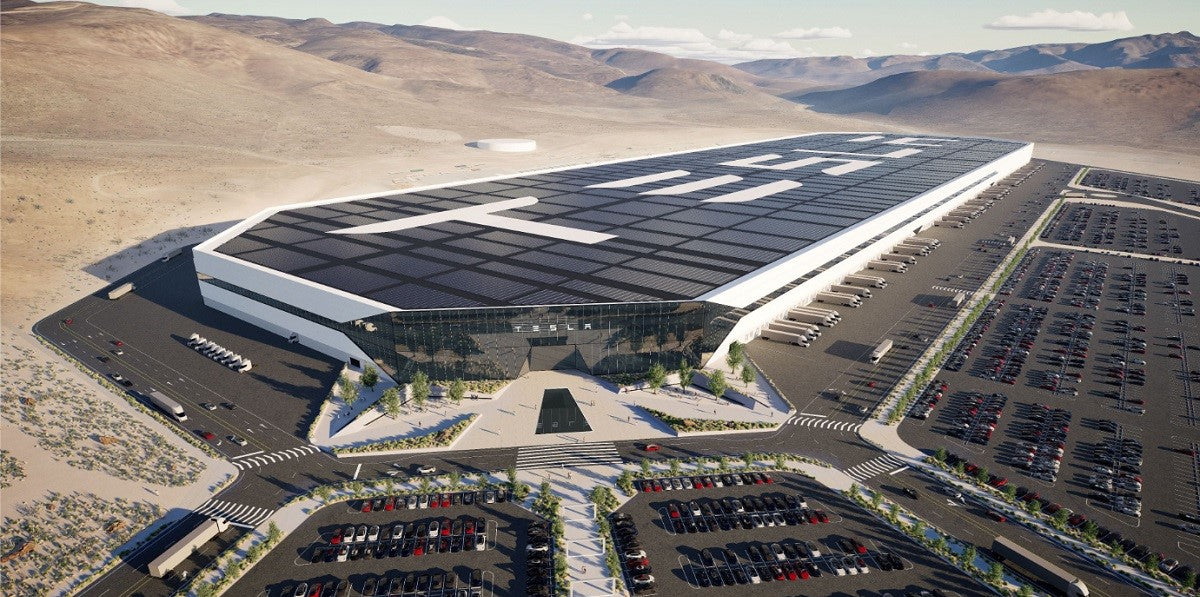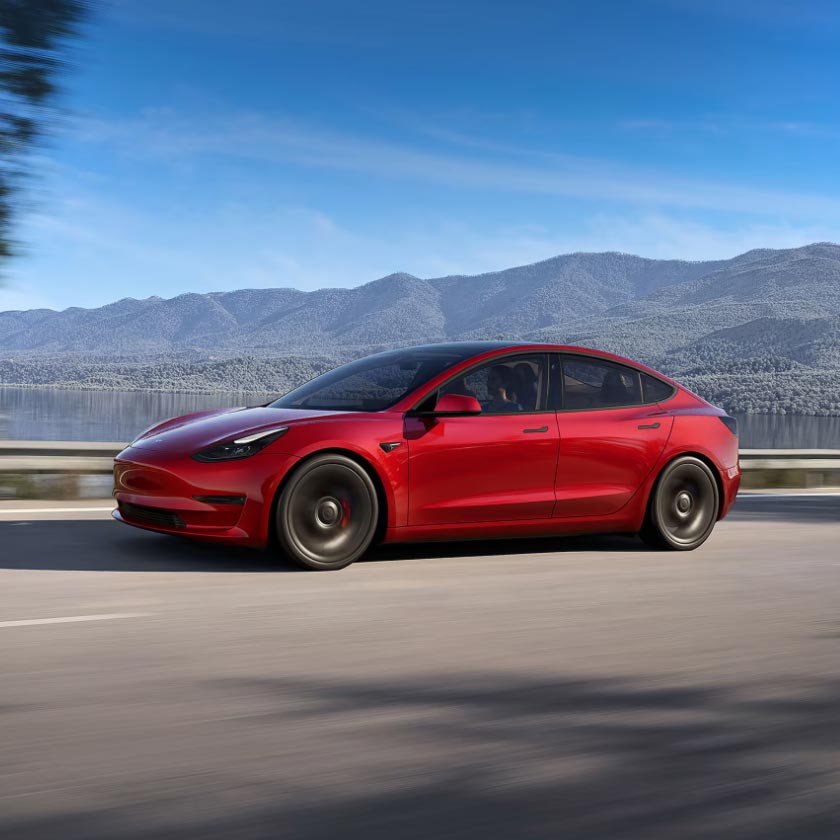Today, July 28, SpaceX announced it performed a full-pressure test of the new Starship flame deflector system. The company shared videos of the system spewing water up to the Starbase launch tower mount where the Super Heavy rocket will lift off during the second orbital launch attempt that is planned for this year.
During the first fully-integrated Starship flight on April 20, the gigantic stainless-steel rocket propelled off the Orbital Launch Mount (OLM) with the power of at least 30 out of 33 Raptor V2 engines, it created a substantial crater beneath the pad. As a result, chunks of shattered concrete and sand were sent soaring through the air. A single Raptor V2 engine is capable of generating around 230 tons of thrust. Collectively, all 33 Raptor engines can generate over 17 million pounds of thrust at full throttle!
SpaceX founder Elon Musk then decided to build “a massive water-cooled, steel plate to go under the launch mount” that could mitigate the potential of large chunks of concrete flying upwards to damage underneath the rocket or nearby launch tower structures. The steel-plate features a massive “water deluge system to protect against the immense heat & force of Starship launch,” shared Musk. See the system in action in the video linked below.
New water deluge system to protect against the immense heat & force of Starship launch pic.twitter.com/JMnBIH8UTM
— Elon Musk (@elonmusk) July 28, 2023
Musk described the water deluge system last month during an X.com Spaces discussion. —“[...] We have a sort of a steel sandwich, which is basically two thick plates of steel that are welded together with channels going through perforations in the top so it will actually shoot a lot of water out,” he said on June 24. “Think of it like a gigantic upside-down shower head. It's going to basically blast water upwards while the rocket is over the pad to counteract the massive amount of heat from the booster. The booster is basically like the world's biggest cutting torch with a massive amount of ... heat, but also a massive amount of force,” he explained. Musk said that builders would add roughly 1,000 cubic meters of steel-reinforced high-strength concrete at the Boca Chica, Texas, launch tower. The modifications should “the base of the pad in much better shape than last time,” he said. In addition, engineers will program the Super Heavy rocket at higher throttle to get it away from the pad faster to diminish potential launch pad damage.
Additional view of Starship flame deflector test pic.twitter.com/fOLVfAZVZ2
Starbase teams continue to prepare Starship SN25 and Booster 9 for the second orbital launch attempt that is expected to take place before this year ends. Musk believes there is a 60% chance that it will reach orbit this time around. The increased confidence stems from a “tremendous number” of overhauls made to the spacecraft, with “well over a thousand changes” implemented since the last flight test. “I think the probability of this next flight working, getting to orbit, is much higher than the last one. Maybe it’s like 60%,” he said during the X Spaces chat. Read more: SpaceX completes propellant load tests of Starship Super Heavy Booster 9 & Booster 10
》 Author's note: My work is possible Thanks to everyone who reads Tesmanian.com. Write your thoughts in the comment section below. If you have any story suggestions or feedback, feel free to Direct Message me on Twitter: Evelyn Janeidy Arevalo @JaneidyEve Read my most recent stories here: Recent News Stories 《

Featured Images Source: SpaceX

![SpaceX performs full-pressure test of the new Starship flame deflector system [VIDEO]](http://www.tesmanian.com/cdn/shop/articles/WATERDELUGESYSTEM.jpg?v=1690585841&width=1500)





